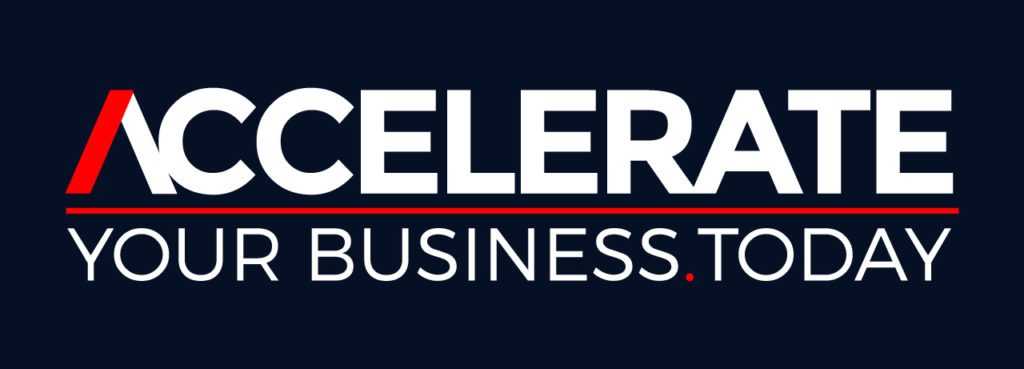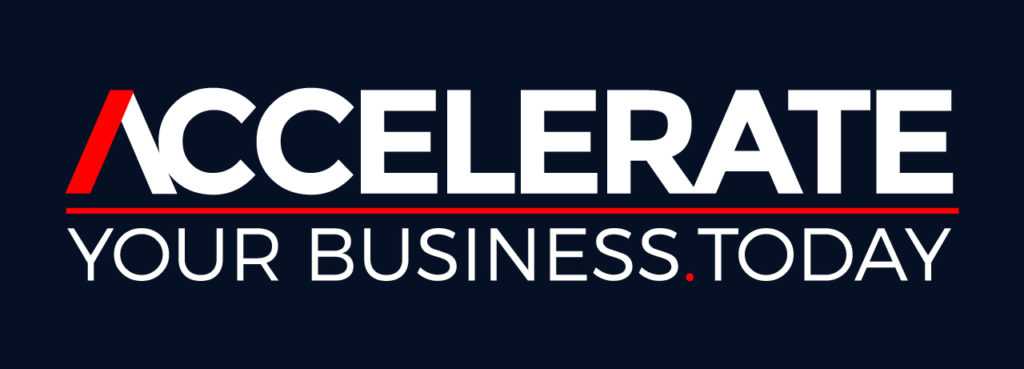I write to show opportunities others have found and how they have accelerated their growth – so many can follow the new road.
Often in less than 1000 words, I dissect how and why these businesses I write about succeeded so you, the readers, can be challenged in how you think, act and communicate in your businesses – that a better, faster and simpler way to improve your revenue and profitability is always possible.
Everyone wants to create a digital-online, scalable, valuable business that thrives and grows in today’s fast-changing world.
In the digital-online world, income follows digital assets.
A foundational critical asset is capturing attention. – the best way is to add five skills of PR + News Media + Global Publishers + Marketing Agency + Business Advisory into one.
This newsletter is visible on Linkedln, the business website, and is published online at over 100 (often between 135 to 139) news media sites daily (TV, radio and press)- the newsletters get valuable attention – we are the lowest cost to operate – its a key differentiator for our clients.
In today’s newsletter, we find a guy who, in 2003, created a dating site as a side project with no borrowings – just his time and savings.
In 2015, he sold it for $575M.
Meet Markus Frind, the founder of Plenty Of Fish, a dating website that gets
- Circa 20 million visits a month,
- With over 150 million registered users,
- Adds 65,000 new users daily,
Markus grew the website to 15 million users and generated $10M in revenue in 2008 before he hired his first employee.
Until 2008, he worked only 10 hours weekly on – the Plenty of Fish website.
Technology Innovation
Let’s back up a bit first – In 2003, Markus worked at a Vancouver-based tech firm. He feared getting fired, so he decided to boost his qualifications. He mastered ASP, which was (Microsoft’s) new website-building tool. It was a breakthrough for its time. It allowed you to build a complex website in just a few weeks – not months.
The business idea discovery
Marcus stumbled upon a great idea. As is often the case – his frustrations with finding a solution to a big problem led him to find a better solution for many.
At the time, he was frustrated with online dating sites (Match.Com, Lavalife, OkCupid, Tinder and Hinge) and wanted to create a simpler, more straightforward, user-friendly platform.
It was his big move that changed his life – forever.
Across the first few weeks, he built a primary dating site and named it Plenty of Fish in just a few hours at night.
It was straightforward – just a plain-text list (like the classifieds of newspapers at the time) of people’s descriptions and wants for a future ideal partner.
The Differentiator
Every successful Business has successfully differentiated itself from its competition and the industry.
- Plenty of Fish’s differentiation – it was free.
- No big dating company was free – it was unheard of then.
- The industry thought Marcus’s solution was radical (often a good sign)
The second differentiator was automation – it provided cost-to-operate leadership – no competitor could beat it – it was the lowest cost to operate in the industry. Marcus used automated systems to process registrations, send confirmation emails, and handle customer support inquiries – this level of automation in the early 2000s was a breakthrough.
At the time, Marcus said – “he set up his business so that he spent a maximum of 20 hours a week – even at the busiest times” He later when on to say, “I get everything done in the first hour of the day – actually, in the first 10 or 15 minutes.”
His competitors had hundreds of staff – he had no staff.
Blue Ocean
Instead of competing with the industry and getting into a sea of red ink (losses), he created a new business category (Blue Ocean).
The new business model catered for ideal buyers who needed more time (free trial time) before paying.
It was an underserved market – from March to November 2003, Plenty Of Fish expanded from 40 members to over 10,000.
By 2006, Plenty of Fish was a top-five dating site in the USA and number one in Canada – with over 200 million page views monthly. Revenue reached $10,000 a day.
Marketing
When Google introduced AdSense, he made $5 in his first month. But by year-end, it was $3,300 a month by selling ads to competitor paid dating sites interested in his unpaid members.
He later posted a picture of a Google cheque for ~ $800,000 – for two months of revenue from AdSense for Plenty Of Fish – to prove he was making money. It implied his site was making $4.8M/year.
This PR accelerated public opinion and news media stories. Some people called the picture fake, and some said it was a promotional stunt. It drove new users to the site, and growth skyrocketed, hitting 1 Billion page views per month by 2007.
By 2014, Plenty Of Fish’s year’s revenue hit $100 million.
On July 14, 2015, Match Group (owner of Match .com, OkCupid, Tinder and Hinge) bought Plenty of Fish for $575M – a record.
The summary: How did a simple website become so successful?
Differentiation
1. Pricing Strategy – it was free for users, which meant it was accessible to a broader audience and helped to attract more users – the flywheel effect – once you start, it gets easier as volumes grow.
2. User feedback – Marcus listened to user feedback and made changes based on their suggestions. He added a ” Meet Me ” button when users requested a “Meet Me” button, allowing them to quickly show interest in meeting someone in person.
3. SEO optimisation – Marcus knew technology and the critical importance of search engines for dating sites. He optimised Plenty Of Fish’s content and keywords to rank high in SERPs. It drove more traffic to the site and attracted more users – for a little extra cost to the Business.
4. Automation – Marcus kept his leadership of the lowest cost-to-operate website by automating many aspects of its operation.
Today, Markus runs a winery and a billion-dollar investment company that manages real estate, public market equities, and private equity.
How can your Business be turbo-charged?
What is your million or billion-dollar idea?
Regards
David

